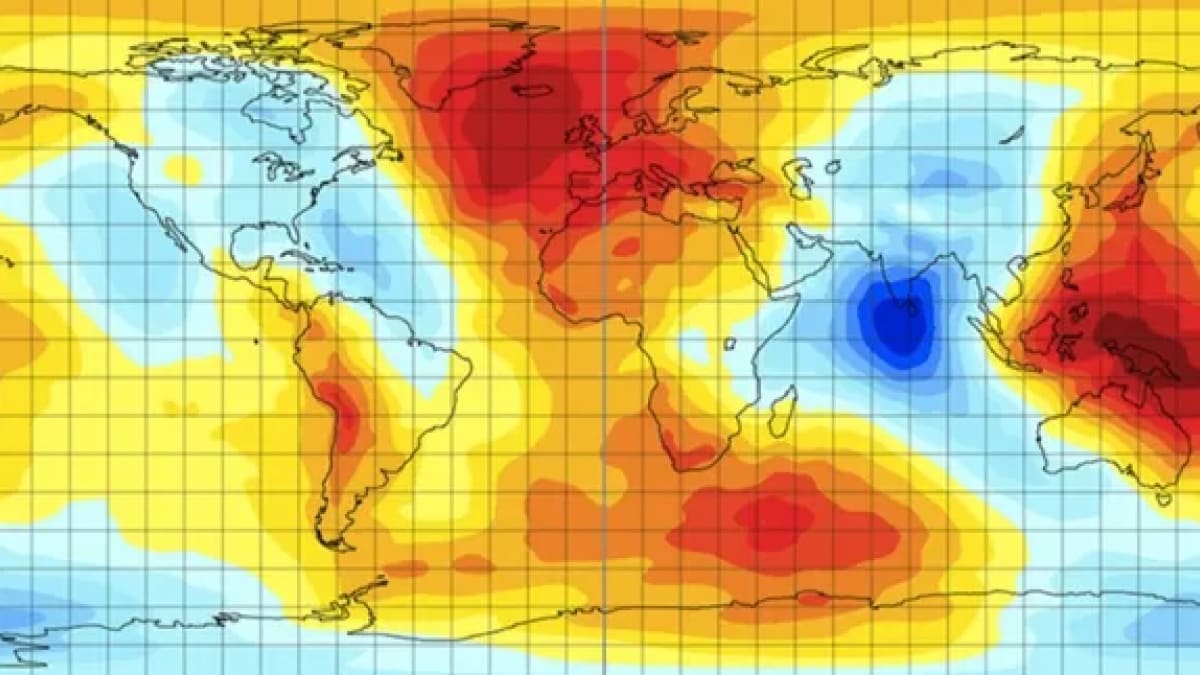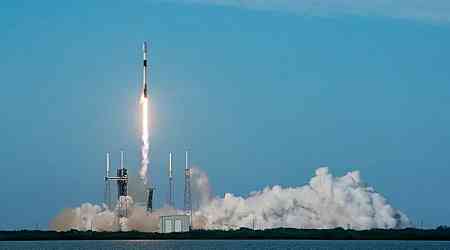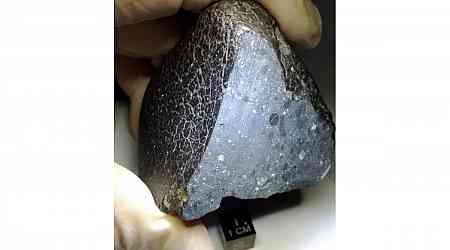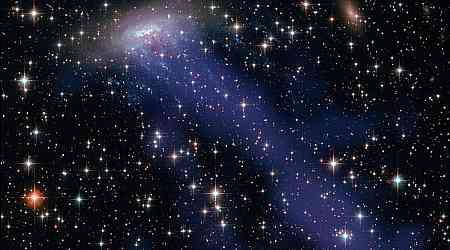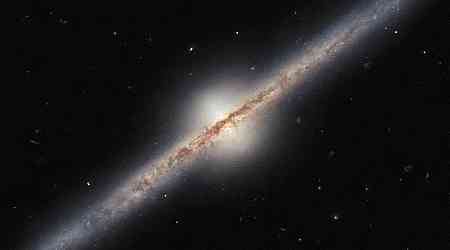A vast region in the Indian Ocean, known as the "gravity hole," has intrigued scientists since its discovery in 1948. Located in the Laccadive Sea, southwest of India, this circular area experiences significantly weaker gravitational pull, causing sea levels to drop by an astounding 348 feet compared to surrounding regions. Spanning 1.2 million square miles, the anomaly has long puzzled geophysicists, who recently made progress in uncovering its origins.
Formation Linked to Prehistoric Ocean Tethys
Research published in Geophysical Research Letters in 2023 has traced the gravity hole's formation to events occurring over 100 million years ago. The ancient ocean Tethys, which existed between the supercontinents Laurasia and Gondwana, played a central role. According to Dr. Attreyee Ghosh, Associate Professor at the Indian Institute of Science and the co-author of the study, fragments of Tethys' oceanic crust descended into the Earth's mantle when Gondwana began to split apart 180 million years ago.
As these fragments sank deeper over millions of years, denser materials from the African region of the mantle were displaced. Simulations conducted using 19 computer models suggest that low-density magma plumes rose to replace the denser material, effectively reducing the mass beneath the Indian Ocean and creating the geoid low.
Verification of Findings Pending
While the study offers a compelling explanation, additional evidence is required to confirm the findings. Earthquake data is being considered to verify the presence of low-density plumes beneath the region. Scientists like Dr. Ghosh acknowledge the complexity of Earth's mantle dynamics, as similar anomalies have been observed globally, revealing the intricate processes within the planet's interior.
Relevance to Planetary Science
The discovery highlights the broader significance of studying subsurface phenomena for Earth and other planets. Similar mantle structures have been observed beneath Mars, underscoring the universal nature of geological processes shaping planetary bodies. This research continues to shed light on the forces that shape Earth's unique topography, with ongoing studies offering a glimpse into the planet's enigmatic interior.


















